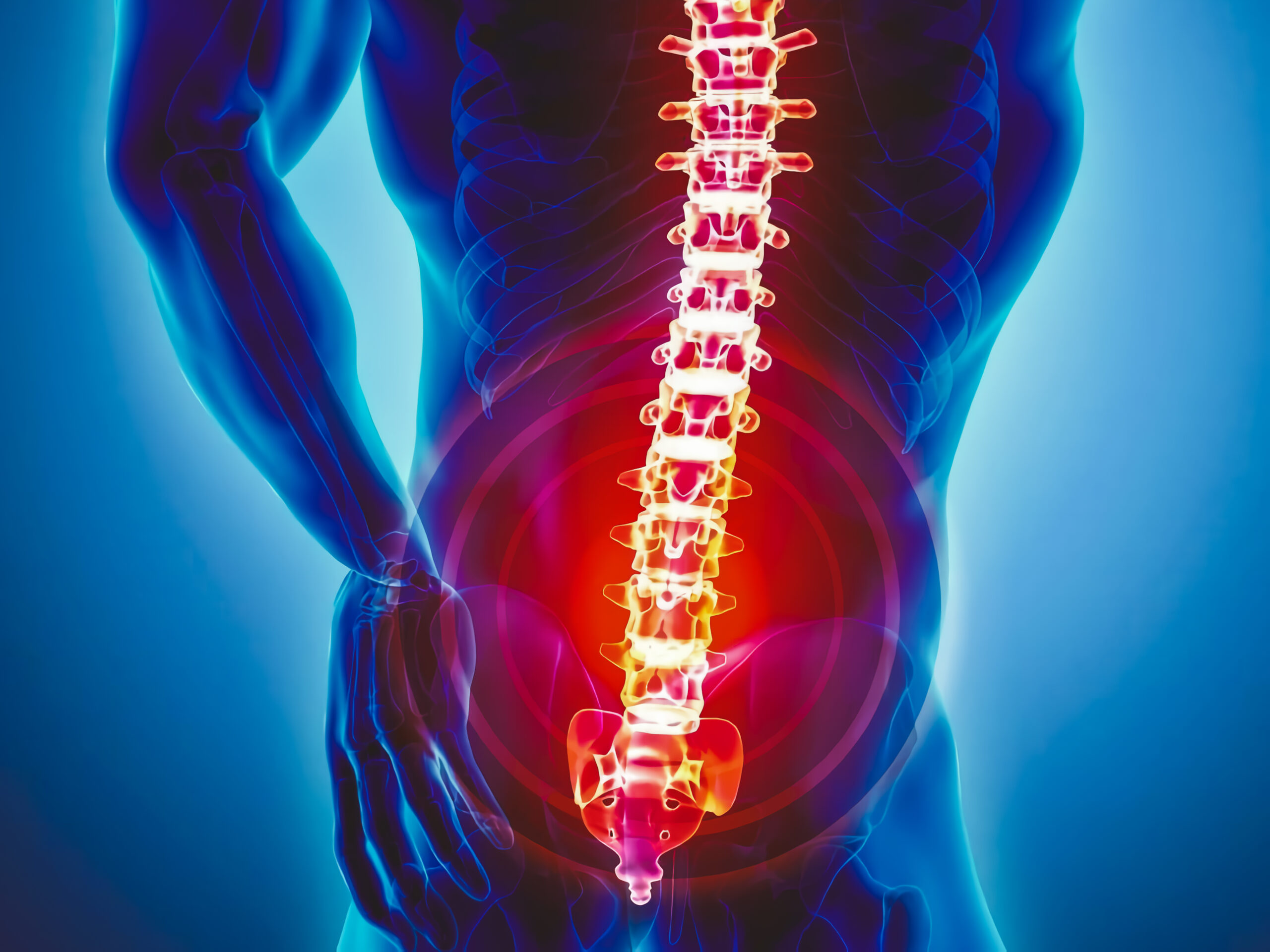Opening Hours
Mon to Sat
6:00 PM – 9:00 PM
Sunday
Closed
Relief Begins with the Right Care
Experience advanced spine and orthopaedic treatment tailored for you.
- Full Endoscopic Interlaminar / Transforaminal Discectomy
- Full Endoscopic Decompression for stenosis
- Full Endoscopic revision Discectomy
- Foraminoplasty
- Minimally invasive fixation for Spinal fractures
- Kyphoplasty and Vertebroplasty
- Anterior Cervical Discectomy and Fusion (ACDF)
- Transforaminal Lumbar Interbody Fusion (TLIF)
- Oblique lumbar interbody Fusion (OLIF)
- Minimally invasive Trans Kambin fusion surgery (OLLIF / KLIF)
- Full Endoscopic Fusion surgery
Transforaminal Lumbar Interbody Fusion (TLIF): A Reliable Surgical Approach for Lower Back Stability

Chronic lower back pain, leg pain, and spinal instability can severely affect a person’s mobility, productivity, and overall quality of life. In cases where conservative treatments such as physical therapy, medications, or spinal injections fail to offer relief, spine surgeons often recommend a surgical procedure called Transforaminal Lumbar Interbody Fusion (TLIF).
If you’re exploring options for Transforaminal Lumbar Interbody Fusion in Rajajinagar, it’s important to understand how this procedure works, what conditions it treats, and why it is widely preferred by specialists, including some of the Best Orthopaedicians in Bangalore.
What is TLIF?
TLIF (Transforaminal Lumbar Interbody Fusion) is a type of spinal fusion surgery designed to treat degenerative disc disease, spondylolisthesis, spinal stenosis, and recurrent disc herniation in the lower back (lumbar) region. The goal of the surgery is to relieve pain, decompress nerve roots, restore spinal alignment, and stabilize the affected segment by fusing two or more vertebrae together.
What makes TLIF unique is its approach: the surgeon accesses the spine from the side of the spinal canal (transforaminal route), which allows for minimal disturbance to surrounding nerves and muscles while providing excellent visualization of the affected disc.
When is TLIF Recommended?
A TLIF procedure is typically recommended when a patient suffers from:
- Degenerative disc disease causing chronic lower back pain
- Grade I or II spondylolisthesis (slippage of one vertebra over another)
- Foraminal stenosis (narrowing of the nerve exit)
- Recurrent lumbar disc herniation
- Failed previous lumbar surgeries
If these symptoms significantly affect daily life and conservative treatments have been exhausted, TLIF in Rajajinagar may be an effective solution.
How Does the Procedure Work?
Here is a step-by-step overview of how TLIF is performed:
- Anesthesia: The procedure is done under general anesthesia.
- Incision: A small incision is made on the back, typically using a minimally invasive approach.
- Disc Removal: The affected disc is removed through the transforaminal window, accessing the spine from the side.
- Bone Graft Placement: A spacer or cage filled with bone graft material is inserted into the disc space.
- Instrumentation: Screws and rods are used to hold the vertebrae in place while the fusion occurs.
- Closure: The incision is closed, and recovery begins.
This technique provides spinal stability, decompresses nerves, and alleviates chronic symptoms with minimal damage to muscles and surrounding tissues.
Benefits of TLIF Surgery
TLIF in Rajajinagar offers several benefits to patients when performed by experienced spine surgeons:
- Minimally Invasive Options Available: Shorter hospital stay and faster recovery.
- Effective Pain Relief: Most patients report significant reduction in back and leg pain.
- Restoration of Spinal Alignment: Corrects deformities and stabilizes unstable segments.
- Prevention of Further Disc Deterioration: By fusing the vertebrae, it eliminates movement that causes pain.
- Improved Daily Function: Allows patients to return to work and daily activities sooner.
Patients can usually walk within a day after surgery and return to light duties within a few weeks.
Recovery and Postoperative Care
Recovery from TLIF varies by individual but generally follows these stages:
- Hospital Stay: 2–3 days post-surgery.
- Initial Recovery: Most patients return home with pain managed by medication and physical therapy guidance.
- Rehabilitation: Physical therapy plays a crucial role in improving core strength and flexibility.
- Fusion Time: The bone fusion process typically takes 3 to 6 months.
With expert care and proper follow-up, the success rates for Transforaminal Lumbar Interbody Fusion in Rajajinagar remain consistently high.
Why Choose Rajajinagar for TLIF Surgery?
Rajajinagar is home to several advanced spine and orthopedic centers equipped with modern surgical infrastructure and minimally invasive technologies. Patients opting for TLIF in Rajajinagar receive world-class care with the convenience of a well-connected locality and a multidisciplinary team approach.
One of the leading experts in this field, Dr. Gaurav M, brings years of experience in spine surgery and orthopedics. Known for his evidence-based approach and patient-focused care, Dr. Gaurav M is widely regarded among the Best Orthopaedician in Bangalore. His expertise in minimally invasive TLIF procedures has enabled many patients to reclaim a pain-free and active life.
Final Thoughts
Transforaminal Lumbar Interbody Fusion (TLIF) is a time-tested, clinically proven procedure that offers excellent long-term results for individuals suffering from debilitating lumbar spine conditions. If you have ongoing lower back pain, numbness, or difficulty walking, and conservative treatments haven’t worked, it may be time to explore surgical options.
By choosing the right surgeon and medical center, such as those offering TLIF in Rajajinagar, you can ensure a safe, effective, and comfortable recovery journey. With expert orthopedic care and a holistic treatment plan, a better quality of life is within reach.

